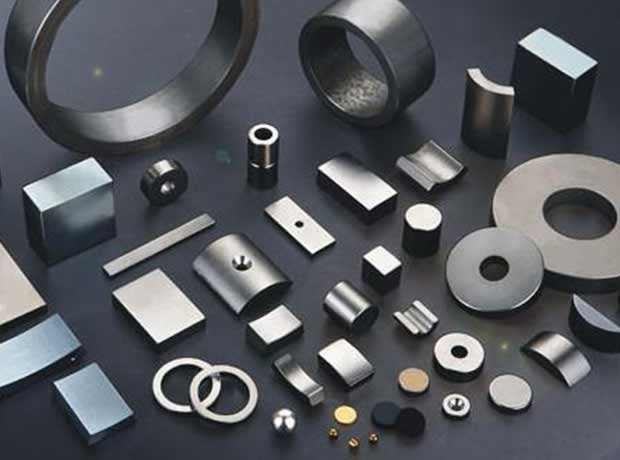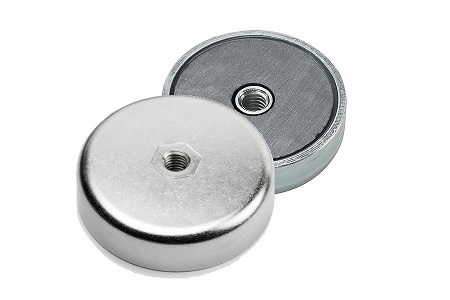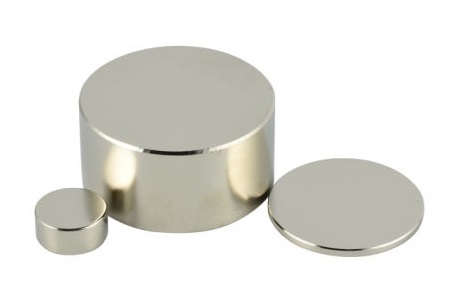As neodymium magnets used more and more widely, common shape (such as disc magnets, block magnets, ring magnets, cylinder magnets ) can not meet all magnet application anymore. For special situation, irregular shape magnets have to be made out. Cone magnet is a common irregular shape for neodymium magnets. In fact, cone shaped magnets are just special round magnets/cylinder magnets.

At Meank Magnets, we offer high-quality neodymium cone magnet designed to meet the needs of various industries. Known for their exceptional strength and compact size, these magnets are crafted using premium-grade neodymium, the most powerful commercially available magnet material. Our cone neodymium magnets feature a unique cone shape, offering concentrated magnetic fields that are ideal for precision tasks like sensors, audio equipment, and magnetic fasteners. The cone-shaped magnets are available in a variety of sizes, strengths, and custom designs to suit your specific requirements.
MEANK Magnet manufactures precision neodymium cone magnets (also called cone shaped magnets or conical NdFeB magnets) designed for strong, concentrated holding force in a compact footprint. Ideal for signage, displays, fixtures, and specialized industrial assemblies. Custom sizes, magnetization directions, and protective coatings are available.
Quick Highlights
• Material: NdFeB (Neodymium Iron Boron, rare earth)
• Shape: Conical / cone shaped — flux concentrated at the tip
• Available Grades: N38, N42, N45, N48 (or custom)
• Coatings: Ni, Ni-Cu-Ni, epoxy (custom plating on request)
• Applications: signage, magnetic mounts, tool holders, OEM assemblies
• Custom/OEM: machining tolerance, magnetization direction, threaded inserts
High Magnetic Strength in Compact Form
Improved Efficiency in Magnetic Separation
Enhanced Directional Magnetic Field Control
Durability and Resistance to Demagnetization
4. Magnetic Sensors:Cone-shaped magnets are crucial components in magnetic sensors used in various applications, including automotive, aerospace, and robotics. Their sensitivity to magnetic field changes enables precise measurements of speed, position, and motion, contributing to improved control and automation in advanced technological systems.
1. Determine Required Holding Force: Estimate the static load and apply a safety factor (typically 2×–3×). Pick larger base diameter or higher magnet grade for higher pull force.
2. Select Magnet Grade & Coating: Higher grades (N45, N48) give stronger flux but may cost more. For humid/outdoor use choose NiCuNi or epoxy coatings for better corrosion resistance.
3. Temperature Considerations: Standard NdFeB is suitable up to ~80–120°C depending on grade. For continuous high-temp environments, consider SmCo or special high-temp NdFeB alloys.
4. Tolerances & Customization: For precise fitments, request machining to tolerance and discuss magnetization direction with engineers.





